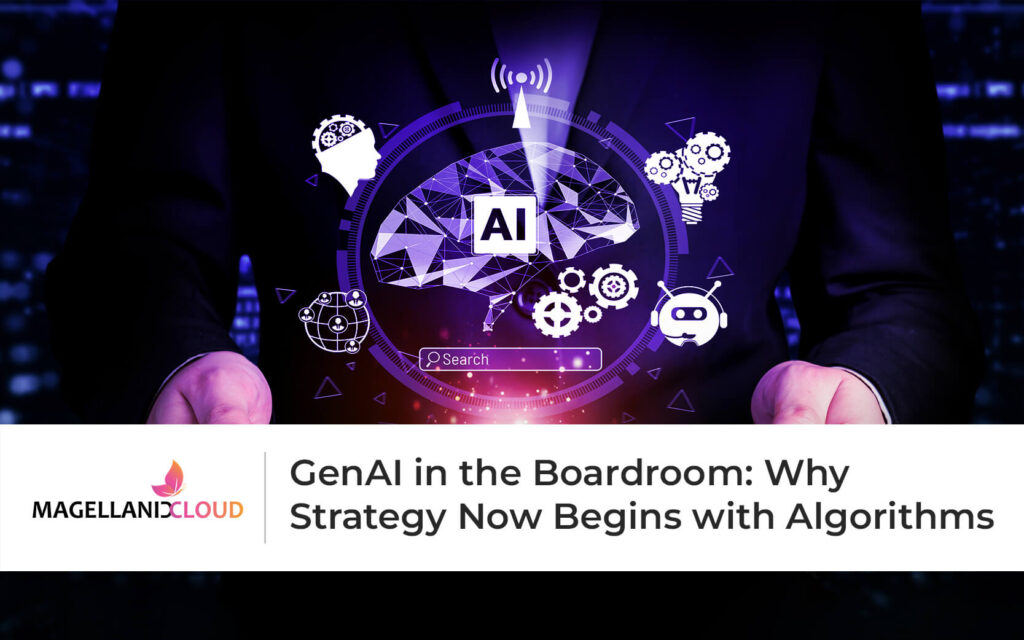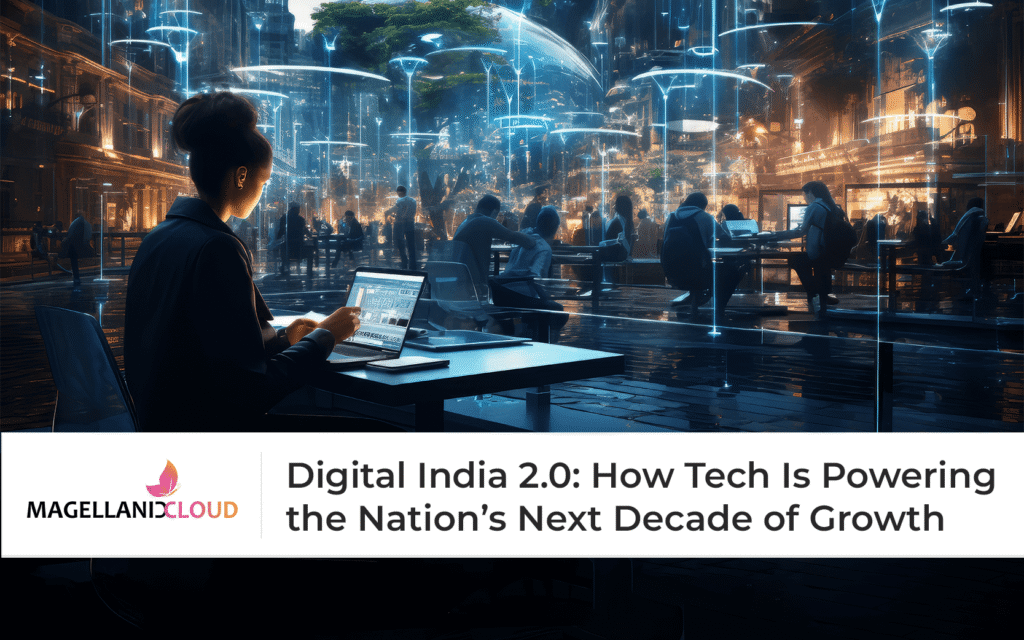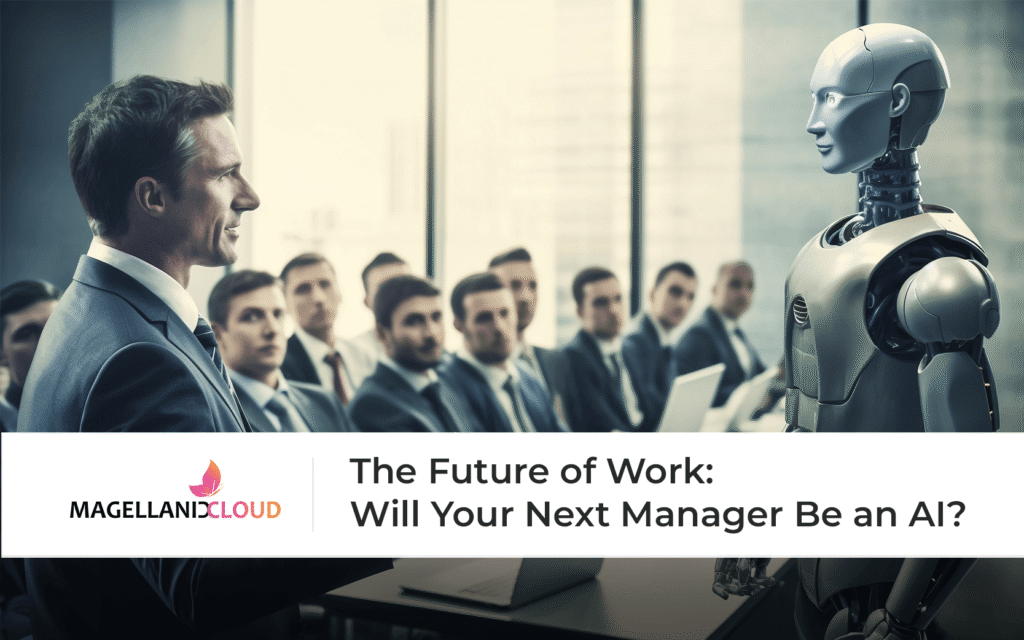FinTech’s Next Big Leap: Personal Finance Meets Predictive AI
FinTech’s Next Big Leap: Personal Finance Meets Predictive AI Sometime in 2028, Rekha, a mid-sized business owner in Bengaluru, opens her phone first thing every morning. Instead of scrolling news or checking her social feed, she checks “My Future You”, a personalised dashboard built by her fintech platform. It shows a 60-second video: “Forecast: your household cash flow will dip by ₹1.2 lakh in six months due to rising input costs; recommended action: diversify two investments into tax‐saving instruments and adjust your payment terms.” Already, a small alarm has been triggered for her to review options. This is the future of personal finance: from reactive wealth management to predictive financial planning. Rather than simply helping you manage what you have, today’s robo-advisors and AI-powered platforms aim to anticipate your financial future. They blend behavioural data, macro-economics, machine-learning models and real-time signals to tell you what might happen next, and what you should do now. For fintech firms, this is the next frontier. The Market Is Ready: Robo-Advisory Goes Predictive The data underscores the momentum. The global robo-advisory market was valued at roughly US$6.61 billion in 2023 and is projected to reach US$41.83 billion by 2030 (CAGR ~30.5%). Another forecast pegs it at US$11.8 billion in 2024 and up to ~US$92.2 billion by 2033. The Asia-Pacific region (including India) is among the fastest‐growing. What’s driving this? Three forces: increased digital penetration and smartphone access; rising demand for personalised financial solutions at lower cost; the ascent of AI/ML enabling smarter algorithms. In India specifically, studies show AI-enabled robo-advisors are reshaping adoption patterns. One 2025 study found that in India, factors like trust, user-friendliness and perceived usefulness all significantly influence an investor’s intention to use robo-advisors, especially in the sustainable investment space. The moment is therefore ripe: fintech firms are evolving from “automated investing” to predictive advising. What Predictive AI Adds to Personal Finance What does this leap mean in practical terms? Here are three major shifts: Predictive insights, not just recommendations. Traditional robo-advisors allocate assets based on risk profile and goals. The new wave uses predictive modelling: cash-flow forecasting (like for Rekha), scenario simulations (if interest rates rise by 1%), tax event prediction, and even behavioral nudges (you’re likely to overspend in category X). Real‐time adaptation. Market conditions, regulations, life events, all flow into AI. For instance, if inflation surges or tax rules change, the system triggers alerts like: “Rebalance risk exposure now.” The backend applies machine-learning to individual journeys. Human + machine synergy. Adoption studies show that while AI is powerful, investors still value human oversight. The best systems combine robo engines with human advisors for complex decision points. One study found that even tech-savvy users still prefer a hybrid model. For fintechs and personal finance platforms, this means building not just algorithms, but ecosystems: data ingestion, behavioural analytics, UX design, compliance, continuous learning. The Challenges: Trust, Data, and Ethics Even as the potential is massive, the path isn’t free of obstacles. Fintechs moving into predictive AI must navigate the following: Trust and transparency. Investors need to understand how decisions are made. If an AI says, “diversify now,” the user wants to know why. Research into AI adoption in finance demonstrates that lack of trust or perceived risk inhibits usage. Data quality and bias. Models are only as strong as the data they consume. Errors, bias, or incomplete data can cause wrong predictions, with real financial harm. Regulation and ethics. Regulatory frameworks are still catching up with generative AI and predictive finance. A global survey published in 2025 warns of “ethical risks, deep fake-enabled fraud, bias, opacity” as GenAI penetrates financial institutions. Human behaviour. Finance is emotional. Even the best model must account for behavioural biases and nudging rather than imposing cold outcomes. For instance, studies show that ease of use and emotional arousal affect adoption of robo-advisors in India. MDPI Successfully navigating these issues isn’t optional; it’s what differentiates the predictive adviser from the hype cycle. India’s Opportunity: A Large Market, A Leapfrog Moment India’s unique context amplifies the opportunity for predictive AI in personal finance: Large, under-served retail investor base and rising digital penetration. Strong government push for Digital India, fintech inclusion, and AI-driven services. Younger, tech-savvy population comfortable with mobile apps and digital wallets. A fintech study reported that “millennial investments and fintech evolution boost robo-advisory market” with projected CAGR ~26-28% through 2030. That means India isn’t just catching up, it could leapfrog with predictive personal finance platforms tailored for Indian realities: variable income households, informal sectors, tax regimes etc. For Indian fintechs and enterprise partners, this becomes a blueprint: build platforms adapted for Indian regulatory, income, tax and digital literacy contexts, not just copy Western models. Magellanic Cloud: Enabling the Predictive Finance Revolution At the heart of this transition lies capability: the ability to build AI, integrate data, design UX, ensure compliance, and scale. That’s where Magellanic Cloud steps in. Magellanic Cloud’s DNA aligns perfectly with the predictive finance era: Deep competency in AI/ML platforms and automation services (via Motivity Labs vertical) ensures that predictive models for personal finance can be built, tested and deployed reliably. Expertise in data engineering and cloud transformation ensures financial services firms can ingest real-time data, maintain secure pipelines, and scale models cost-effectively. Strong focus on domestic fintech regulation, Indian market design, and inclusion positions Magellanic as a partner who understands both the global tech stack and Indian market nuances. In a market where hybrid human-AI models succeed, Magellanic’s consulting services with vertical – Finoux Pvt. Ltd, helps design the right orchestration between machine insights and human advisors, crafting the advisor plus algorithm model. In short: if predictive personal finance is the next frontier, Magellanic Cloud is one of the constructors of the frontier. For enterprises looking to build the next-generation robo-advisor or transform their wealth-platform stack, Magellanic offers the end-to-end capability: from strategy to AI model to UX to cloud-native deployment. Looking Ahead: Your Money’s Next Chapter So, what does this mean for individual users and fintech platforms? For users
FinTech’s Next Big Leap: Personal Finance Meets Predictive AI Read More »







